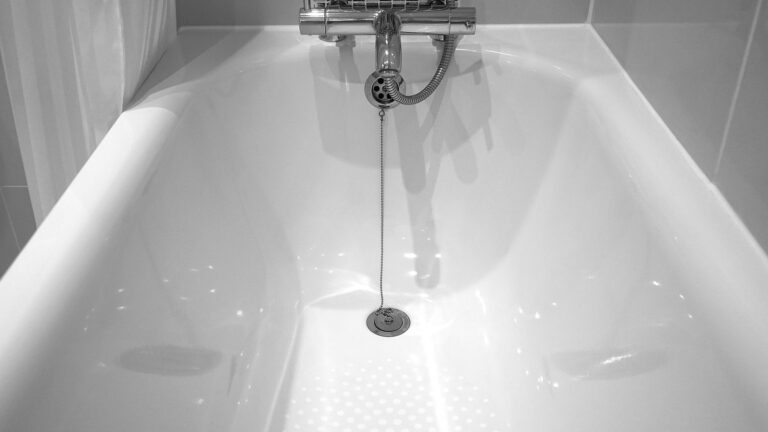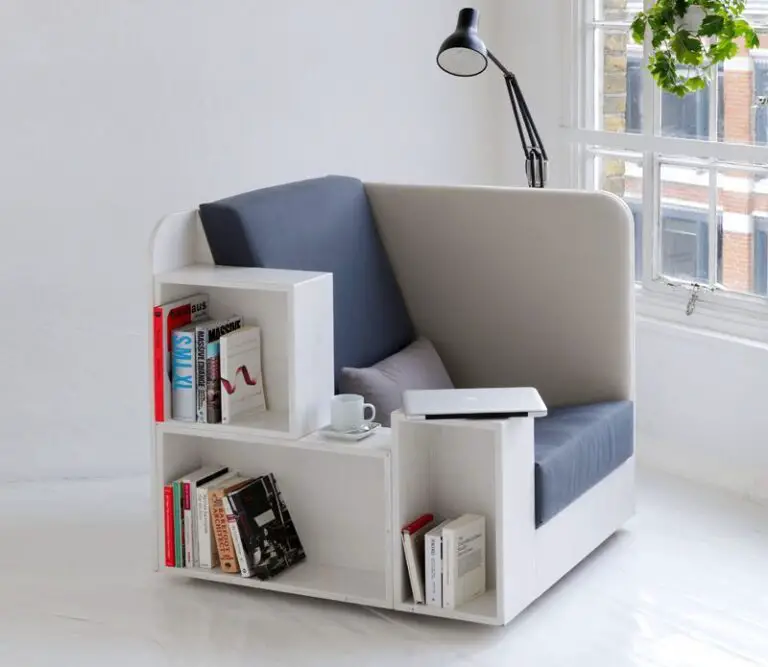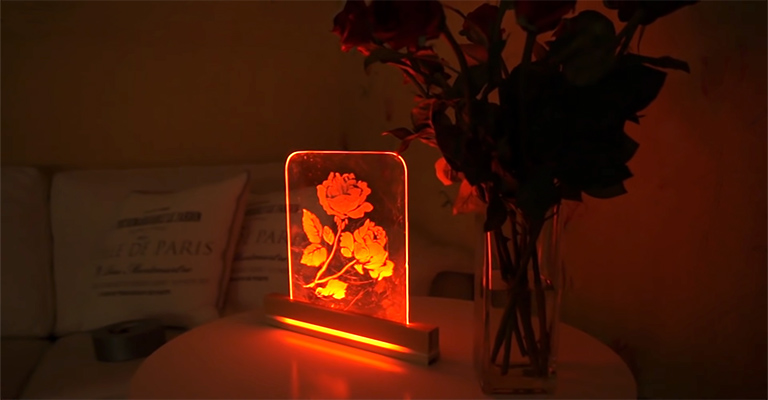The Ideal Shower Valve Height for Your Bathroom
When you’re renovating or constructing a new bathroom, the specifics matter. One often overlooked detail is the shower valve height. Placing it too high or too low can affect the comfort and functionality of your shower experience. In this guide, we will delve deep into the importance of the right shower valve height, how to determine the best height for your needs, and common industry standards.
Why is Shower Valve Height Important?
Comfort and Accessibility
The main reason for determining the ideal shower valve height is comfort. If the valve is too high or too low, users might find it difficult to reach, especially for children, seniors, or those with physical limitations.
Aesthetic Appeal
A shower valve that’s placed randomly can throw off the symmetry and look of your bathroom. The correct height ensures a streamlined look.
Safety
Incorrect placement might cause users to bend or stretch in slippery conditions, leading to accidents.
Determining the Ideal Height
While there’s an industry standard, personal preferences and unique requirements play a significant role.
User’s Height
The height of the primary users should be taken into account. For households with varied heights, it’s best to opt for an average height.
Special Requirements
Homes with seniors or individuals with disabilities might want to consider a height that’s easily accessible to avoid any strain.
Type of Showerhead
Whether you have a rain shower, handheld, or wall-mount showerhead can influence valve height.
Industry Standards
While individual preferences matter, the American National Standards Institute (ANSI) and the International Association of Plumbing and Mechanical Officials (IAPMO) provide guidelines to ensure the bathroom fixtures are comfortable for the majority:
Standard Height
Typically, the center of the shower valve is installed at 48 inches (or 4 feet) above the shower floor. However, it can vary between 44 inches to 54 inches based on individual preferences.
Bathtub Showers
For tub/shower combinations, the valve is often placed at 28 inches above the tub, but this can range between 26 to 32 inches.
Tips for Installation
Consult Everyone
If multiple people will be using the shower, get a consensus on the most comfortable height.
Test Before Finalizing
Before permanently fixing the valve, test the height. Use a temporary setup to ensure it’s comfortable for everyone.
Hire a Professional
While DIY can save money, hiring a professional ensures the job gets done right, adhering to both comfort and safety standards.
Additional Considerations When Setting Shower Valve Height
Future-Proofing Your Bathroom
With advancements in bathroom design and a growing emphasis on universal design (a design approach that makes spaces accessible to everyone, regardless of age, size, or ability), it’s wise to consider future-proofing your bathroom. This means thinking about the long-term use of the space. Will the bathroom be used by aging parents or growing children? Opting for adjustable shower fixtures or designs that cater to a broader range of users can be a wise investment.
Incorporating Modern Technology
Modern showers are no longer just about knobs and taps. With the integration of smart technology, we now have digital shower controls, thermostatic mixers, and other advanced features. If you’re considering integrating such tech into your bathroom, the installation height might differ from traditional setups. Always refer to manufacturer guidelines and consult with a bathroom design expert.
Avoiding Common Mistakes
Overlooking the Tile Thickness
When setting the valve height, factor in the thickness of the wall tile or any other finish you might add later. Not doing so can lead to an incorrect height once the bathroom is finished.
Forgetting the Slope
Always remember, showers need a slight slope for drainage. This can affect the perceived height of fixtures when in the shower.
Other Bathroom Fixtures
While we’re focusing on the shower valve height, don’t forget other fixtures. The height and position of shower niches, grab bars, and even the showerhead itself should be in harmony with the valve, ensuring a cohesive design and optimum functionality.
Wrap-Up
Shower valves play a pivotal role in ensuring a seamless and enjoyable shower experience. The standard shower valve height, which is often inches above the floor, caters to the average user but can vary based on personal preferences and the specifics of shower stalls. The average shower valve height, when combined with the right shower head height, ensures that users have an optimum balance of hot and cold water without any unnecessary bending or reaching. For those with unique needs, adjustable shower valves have emerged as a boon.
These come with screw height and nail height adjustments that cater to both handheld shower heads and fixed setups. It’s important to remember that while commercial shower valves often adhere strictly to industry norms, personal bathrooms can benefit from fine-tuning, especially considering the shower pan and stall dimensions. Ultimately, the height for a shower valve, whether it’s inches from the floor or adjusted to fit individual needs, should align perfectly with the type of shower valve, ensuring every splash is just right.






